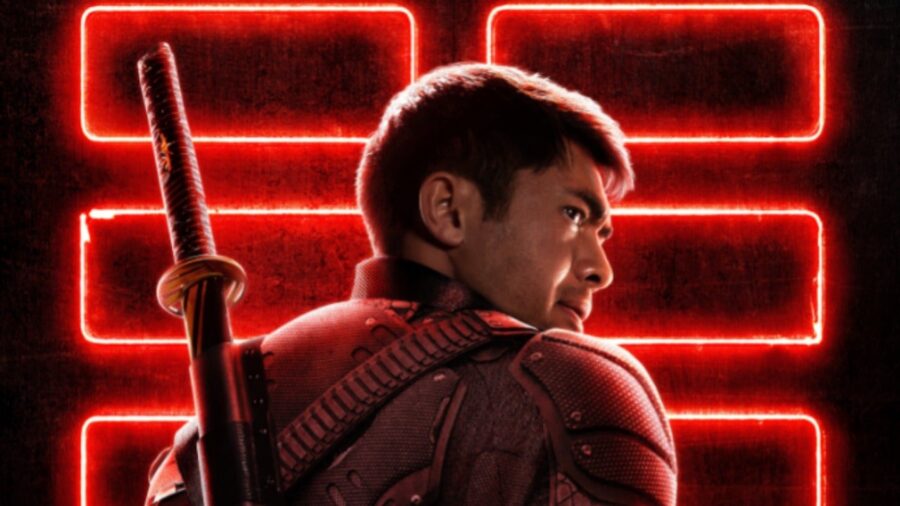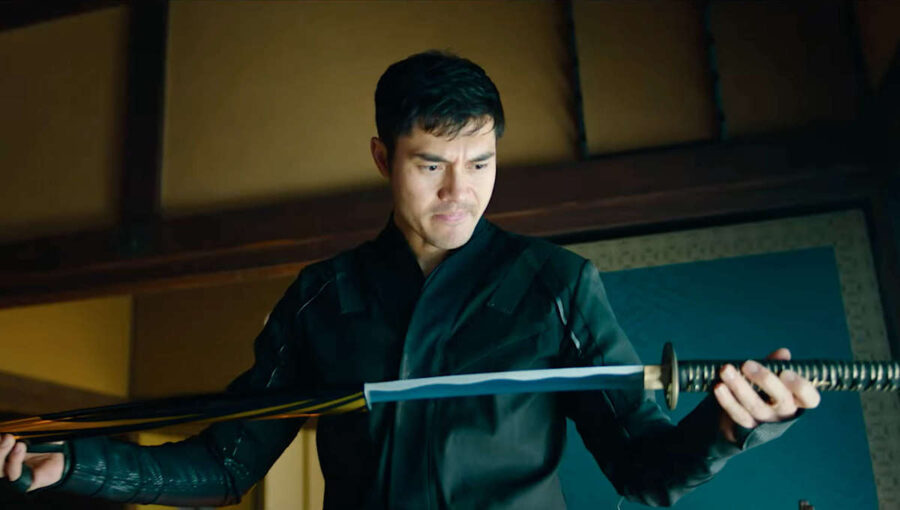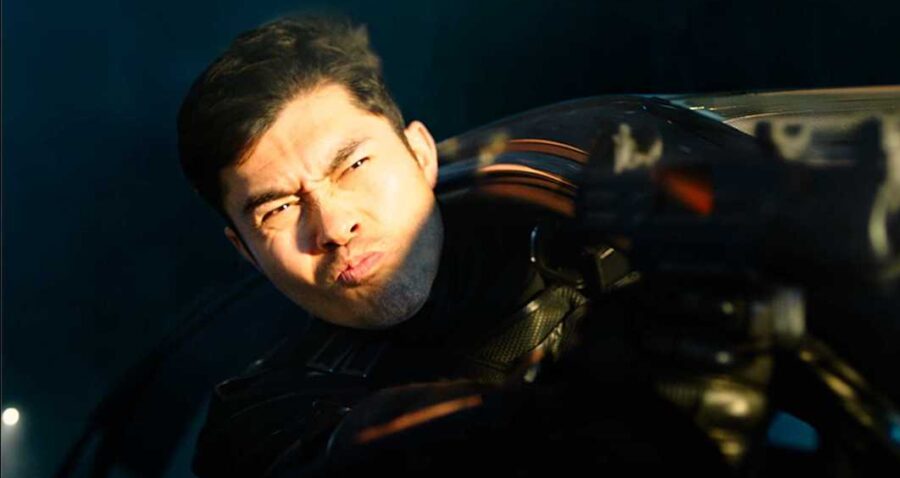GI Joe’s Snake Eyes Lost To A Surprising Movie At The Box Office
The latest G.I. Joe movie, Snake Eyes, just had a down weekend at the box office, losing to an unlikely flick in terms of overall dollars.
This article is more than 2 years old

Snake Eyes has taken down insurgents, gone toe-to-toe against deadly ninja clans, and survived a helicopter explosion to the face, but remains powerless against the most blithely inimical of man-made threats: the Hollywood box office. G.I. Joe’s finest just lost to a tropical resort causing overnight progeria, a Variety exclusive reveals. The grizzled commando’s origin movie fell short of expectations during opening weekend on Friday, earning only $13.3 million in the United States and a meager $4 million worldwide.
The G.I. Joe film Snake Eyes lost to indie thriller Old, a critically panned horror featurette by M. Night Shyamalan, which currently sits at number one at the box office. It raked in a whopping $16.5 million, roughly $3 million more than Snake Eyes.
To illustrate just how badly Snake Eyes flopped for the G.I. Joe brand, the project cost Paramount anywhere between $88 to 110 million to produce. That’s $3-$6 million more than the DC Extended Universe’s less ambitious entries (Shazam! and Birds of Prey), and at most, only $20 million away from the Marvel Cinematic Universe’s lowest budgeted movies yet (Ant-Man and Ant-Man and the Wasp). These still cost plenty in the CGI and motion capture department, and still made at least $33 million on their opening weekends, with the Ant-Man sequel clocking in at $75.8 million and Shazam! at $53.5 million.

Snake Eyes isn’t a superhero movie, but it’s still part of a franchise — and classifies as a blockbuster. And yet it’s only losing money. You’d think the G.I. Joe brand would net the film at least $30 million, but its first-week dividends aren’t even close. Hopefully, the numbers improve in the coming weeks, but it’s definitely not an impressive start.
Businesses rely on making breakeven to be considered a financial success, and cinema is no different. Funding is easily the most delicate part of the operation, and studios expect to earn their money back. After all, executives spend literal fortunes to make movies; it’s only reasonable to want something substantial in exchange. Achieving surplus is the real goal, however; breakeven is merely subsistence and everybody deserves actual profit. The prevailing wisdom had been that G.I. Joe could carry the day here.
But having spent close to a hundred million on a major franchise entry — and losing at least $96.7 million every week — is far from ideal. The G.I. Joe prequel had all the resources and industry backing to perform well at the box office, or receive generally positive reviews at least, but still couldn’t come up with a qualifying movie. Disappointing yields can discourage executives enough not to green-lit a second film.

Contrast this with M. Night Shyamalan’s Old, which had a smaller budget, and it still made more than Snake Eyes. Admittedly, Old isn’t faring any better either. Production costs still racked up to $18 million — a fairly explosive budget considering Old is basically indie — and the film only bagged $16.5 million on its first week. Not only that, the small-time thriller has a C- assessment on CinemaScore and a measly 51% approval rating on Rotten Tomatoes; the G.I. Joe prequel, on the other hand, holds a B- on CinemaScore and a 42% to 74% critics to audience ratio on Rotten Tomatoes. How could a better-rated blockbuster lose financially to a critically reviled indie? Shyamalan isn’t known for directing movies with perfect ratings, nor does he care to, expressly, but he’s still adept at developing distinctive concepts that — through hell or high water — still attract the most consumers.
The Unbreakable film series is by no means a masterpiece, and yet it’s still regarded as a cult classic. The same goes for the rest of his filmography. It’s an unparalleled example of maximizing impact over simply checking all the boxes. And despite being part of the G.I. Joe movie-verse, Snake Eyes sacrificed quality storytelling for production value; essentially the movie was pretty but was lacking in nearly everything else. Universal’s president of domestic distribution, Jim Orr, has only praises for Shyamalan. “M. Night Shyamalan has an incredible track record,” he explains. “And these can be difficult films to market because you don’t want to give away too much.”
Snake Eyes is a textbook example of a project being high risk-high reward, only to capsize spectacularly from the bulk of expectations. After all, it is G.I. Joe, the “real American hero.” Mortal Kombat notably suffered the same particularly noxious arrow to the knee. LeBron James’s Space Jam: A New Legacy was another franchise-starter that failed to recapture the feel of the originals, landing at number three at the box office. It earned $31 million on opening weekend but dropped to $9.5 million on its sophomore outing.

Snake Eyes explores the origins of the titular G.I. Joe, from his orphaned childhood and vengeful past, to his dealings with the Yakuza, budding friendship with future rival Storm Shadow, tottering path to redemption, and eventual induction into the elite special ops unit G.I. Joe. M. Night Shyamalan’s Old is a short thriller about a beach resort that causes its tenants to age rapidly. Both films were released on July 23. Snake Eyes stars Henry Golding, Andrew Koji, Úrsula Corberó, Samara Weaving, and Iko Uwais. Evan Spiliotopoulos (Beauty and the Beast, Charlie’s Angels) developed the story and helmed the script with Joe Shrapnel and Anna Waterhouse. Divergent alum Robert Schwentke directed the film. Snake Eyes comes out on Paramount Plus on September 6.












